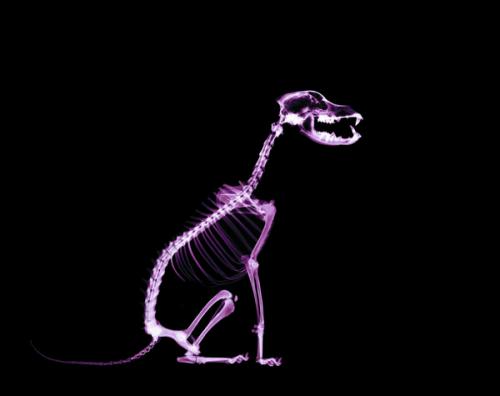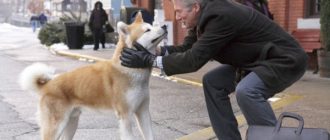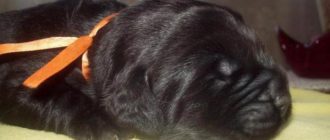What is deforming spondylosis?
Contents
- 1 What is deforming spondylosis?
- 2 What are the causes of deforming spondylosis?
- 3 Is spondylosis common in certain dog breeds?
- 4 What are the symptoms of deforming spondylosis?
- 5 Can other diseases cause osteophyte formation in the spine?
- 6 How is deforming spondylosis diagnosed?
- 7 Treatment of deforming spondylosis
- 8 What are the prognoses for deforming spondylosis?
Deforming spondylosis is a disease that affects the spine and is characterized by the presence of bone spurs or osteophytes. Osteophytes can form in one place (vertebra), but more often they form in different places along the spine. The most common spondylosis of the vertebrae, which are located in chest area, especially at the junction between the chest and abdominal cavity, in the lumbar spine (in the lower part back) and in the lumbosacral spine. In some bone spurs can become large enough to completely block the space between adjacent vertebrae.

What are the causes of deforming spondylosis?
Deforming spondylosis is a chronic disease associated with with aging. Studies show that spondylosis develops as a secondary disease associated with a degenerative change intervertebral discs.
In normal condition, the vertebrae are connected by ligaments that protect spinal cord. Intervertebral discs between the vertebrae also act like shock absorbers, softening their movements. All this provides flexibility to the spine while protecting the spinal cord from damage.
If the intervertebral discs are damaged, this leads to unnatural movement of the spine in general, and vertebrae in particular. Deforming spondylosis of the intervertebral disc develops as part of the aging process, this disease is not associated with any kind of inflammation. Bone spurs of deforming spondylosis how to restore the stability of the weakened and damaged vertebrae.
Osteophytes or bone spurs form as a result of vertebral instability, it is believed that they grow so large to strengthen the damaged joint.
Is spondylosis common in certain dog breeds?
It was previously believed that the disease occurs mainly in large dog breeds, but it’s now known that spondylosis can occur in any dog of middle or old age. For most dogs, this the disease begins to develop after 10 years, and it is believed that spondylosis will occur in every dog, if she lives enough long.
What are the symptoms of deforming spondylosis?
Most dogs with deforming spondylosis are not observed no symptoms. Osteophytes sometimes restrict movement the spine and the dog may seem less flexible. However, if osteophyte grows near the nerve and becomes large enough, to put pressure on him, it can cause pain or lameness. If the disease becomes painful, the dog may whining or crying from touching damaged parts backs.
Can other diseases cause osteophyte formation in the spine?
Any other disease that can damage the spine, may lead to the development of osteophytes. Congenital deformities spine, vertebral trauma, infection and surgery on the spine can also lead to the appearance and growth osteophytes.
How is deforming spondylosis diagnosed?
Spondylosis is usually diagnosed by X-ray. the spine. In some cases, the diagnosis is made “randomly”, when x-rays are used for any other reason.
Osteophytes resulting from deforming spondylosis and as a result of an inflammatory lesion, do not differ from friend, but radiographs can help identify root causes spinal problems. This is especially important if the dog has symptoms of nerve damage.
Other diagnostic methods may also be myelogram and magnetic resonance imaging (MRI). In some cases The veterinarian may recommend referral to an orthopedic surgeon for additional diagnosis and treatment.
Treatment of deforming spondylosis
Treatment recommendations vary by dog and dog. clinical signs. Most dogs with deforming spondylosis virtually no pain and do not need treatment. If the animal has pain, then it can be used non-steroidal anti-inflammatory drugs or other analgesics. Physical therapy and weight loss program.
Rarely, osteophytes can cause compression of the spinal cord, in In these cases, surgery may be recommended. intervention.
What are the prognoses for deforming spondylosis?
If the dog does not show any symptoms, deforming spondylosis may go unnoticed for many years or even the whole life of the dog. Many dogs live full lives, although they may be somewhat limited in flexibility and some movements. The veterinarian should give a forecast for your dog based on diagnostic research and response to treatment.






